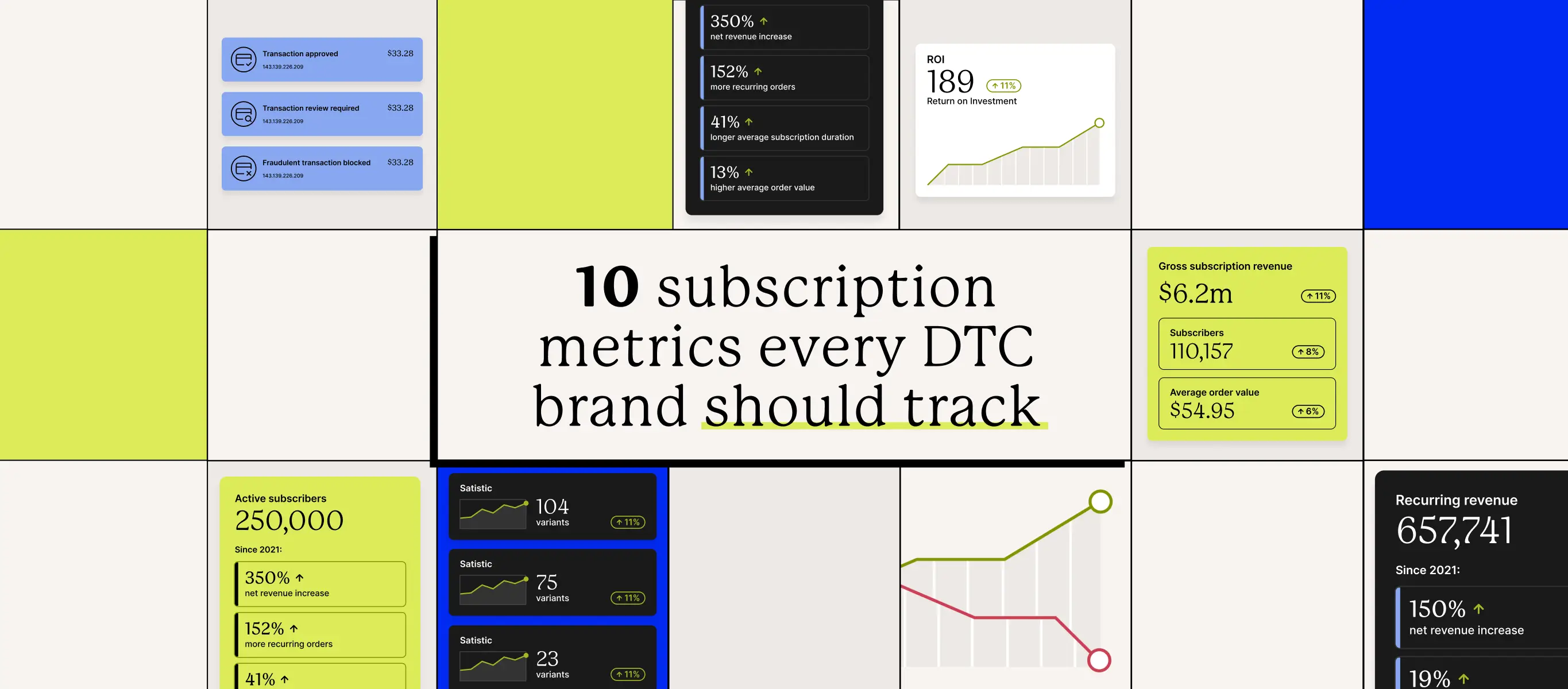The value-based pricing strategy is among the most popular for ecommerce businesses. With information at their fingertips, consumers are able to compare price points and specs of similar products to help them reach a decision. The determining factor of the product that they ultimately go with? Its perceived value.
Key takeaways
- Value-based pricing uses customer data to determine the perceived value of your products.
- As you raise prices, your value must also increase to ensure a strong value-based pricing strategy
- Value-based pricing depends on market data for what a customer values and is willing to spend for your products.
What is value-based pricing?
Some art, some science, value-based pricing (or value pricing) is a pricing strategy in which a merchant leverages the customer’s perceived value of an item, or what a customer thinks the product is worth. This pricing strategy works best for companies who have a strong focus on building customer relationships and soliciting customer feedback to understand what they are willing to pay for the product. While a value-based pricing strategy can get you a profit generating price, it is also the most complex and requires a lot of attention to get right.
Alternatively, ecommerce businesses with less focus on the customer or ability to solicit customer feedback tend to turn to cost plus pricing or competitor-based pricing. Cost-plus pricing (or cost-based pricing) is the most straightforward, yet antiquated pricing strategy. To determine cost-plus pricing, merchants take the cost of production of a product, determine their desired profit margin, and calculate a price based on that.
Competitor-based pricing is a pricing method that includes market research for the price of competitive products and using that to inform the overall price of your products. While this pricing model can keep you in line with your competition, it assumes that they have done the strategy planning and research to ensure they are pricing effectively. However, if they haven’t, you all are potentially stuck with ineffective price setting that could result in lower profits.
Price Intelligently put it in perspective: Cost-plus pricing focuses on cost. Competitor-based pricing focuses on the competitor. Value-based pricing focuses on the customer.
Real-world value-based pricing examples
A great example of an ecommerce merchant using a value-based pricing model is Verve Coffee.

Verve Coffee sells a wide range of coffee from various roasters and for various brewing methods. Not only is the value illustrated in their story, but also for each coffee variety, where they give customers the information they need to know in order to brew their best cup.

Additionally, they provide details for every bag of coffee they sell, from the producers to the cultivar, processing method, and even the elevation it was grown at. Providing this level of detailed information increases the perceived value of the coffee, giving customers a personal connection and confidence in purchasing that many other coffee merchants don’t provide.
Another example of a merchant using value pricing is Love Wellness, a wellness brand made for women, by women.

Love Wellness leverages clean ingredients and showcases their “doctor developed” products to create a sense of trust in their customer base. From the consumer perspective, products that are created with that level of care have more value than those who are made quickly and at a lower price point.
The pros of value-based pricing
While value-based pricing is complex by nature, ensuring your products have actual value to the customer allows you to maintain a higher price point while ultimately allowing you to maximize profits.
There are many additional benefits to value-based pricing outside of bringing more to the bottom-line. As many merchants who focus on a recurring revenue model can recognize, building stronger customer relationships creates a sense of loyalty and higher retention rates among your top customers. Using a value-based strategy targets these individuals by ensuring they are receiving a product they feel is worth the higher prices.
Value-based pricing can also aid in giving merchants a better brand perception. By continuously focusing on the value a product can bring their customers, merchants are seen in an overall positive light—as long as that value continues to stay high.
The cons of value-based pricing
The flip-side of value-based pricing as it relates to the perception of your brand is if the value slips, but the pricing does not change to reflect that, customer satisfaction decreases. It’s not an exact science; however, brands should be using both qualitative and quantitative data to make informed decisions about how much value customers are assigning to their products and how much they’re willing to pay as a result of that.
Raising prices for products without increasing or further illustrating the value can create a negative sentiment for your brand. From there, it can take that much longer to reestablish the value your products bring.
Pricing something too low can also diminish the perceived value of your product. When products are considered “too cheap,” perception is that the product is also of low quality, and therefore low value.
It can also be hard to implement value-based pricing. Discovering a customer’s willingness to pay a premium for something needs constant maintenance, taking into account both the competitive landscape and the economic climate.
3 methods for adopting value-based pricing
Do market research
Establishing a value-based price for your products is ineffective without proper data analysis. Identifying what the market needs, while also figuring out who exactly your ideal customers are, ensures you are setting prices that speak to the value of your products.
Develop customer profiles or buyer personas
After your ideal customers have been identified, you need to map those to specific profiles or personas. What are their unique needs, pain points, and overall demographic information? Who are you targeting within the broader market and how do they like to be best communicated with? What do they find valuable about products within your market segment? Lay these out in an easily digestible format so you can see them all at a glance and understand the nuance behind each one.
Conduct focus groups to understand perceived value and willingness to spend
Bring a group of your ideal customers together in a series of focus groups with the intention of using real data to effectively price products for them. One way to do this is a price sensitivity questionnaire. Ask them about a specific product and use questions to determine what would be out of the question or too high for them to pay, what would be way-too-low to pay, and what would be right in line with what they would deem appropriate. Aggregate this information to understand what the ceiling and floor looks like for the final price.
In determining the value creation of your products, create another questionnaire to help customers select which products in a list have the most value, and which have the least value. Create multiple of these short lists with 4-6 options in each one, all at different price points. Then create a grid to analyze that compiles the data from all respondents to determine the value your customers assign to certain products.
Should you use value-based pricing?
In short, yes. Value-based pricing captures a customer’s justification of spending for increased value. This strategy enables you to focus on creating the best products you can, and generating targeted and specific campaigns to your customers to illustrate that value. It helps you focus your spend efforts while also creating attention around amplifying the customer relationship.



